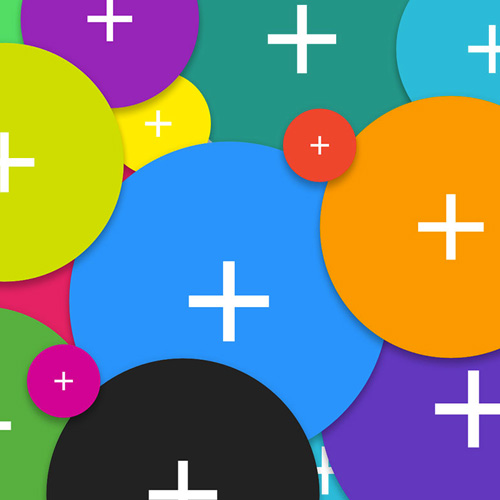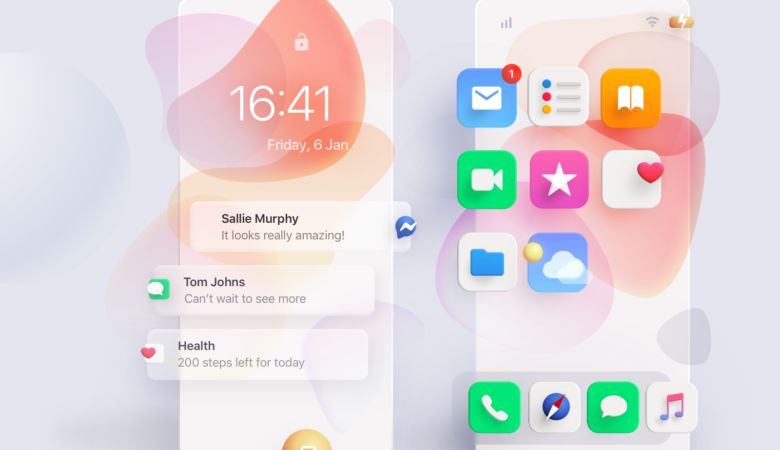Floating action buttons is a mobile first solution that doesn’t necessarily transfer to larger screens. It has become largely popular due to the popularity of contemporary web design used in Google’s Material Design which features a layer-based UI design.

“An emphasis on user actions makes core functionality immediately apparent and provides waypoints for the user.”
The benefit of floating action button is that it can be used as a direct button to initiate a next step action. However, often times it is not associated with a primary action, leaving the user confused by the single action button that does not allow them to perform the necessary action.
The latest example we’ve seen of floating action buttons by Google is in their Google+ redesign. The action seen encourages you to post content, but at the same time it blocks part of the content, making it more of a nuisance for the user. It is also different from the rest of the navigation and is not very functional on larger screens.
For more information on the use of the floating action button references the Material Design specification.






Leave a Reply